The Petroleum Fley Is the Only Known Insect Species That Develops in Crude Oil
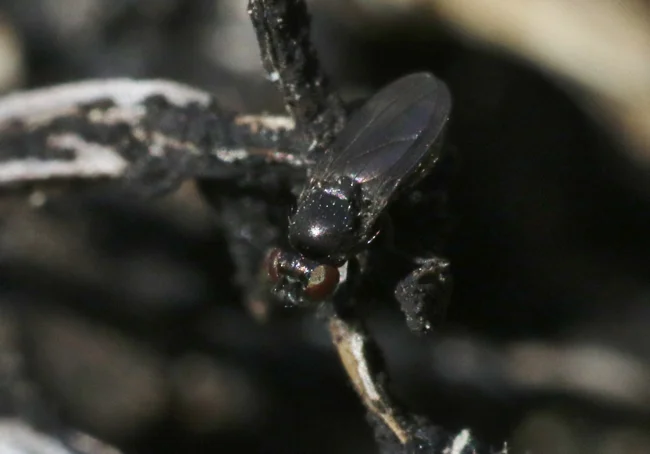
Diasemocera petrolei, aka the petroleum fly, is a fascinating insect that not only survives in petroleum, a highly toxic substance to other animals, but actually thrives in it. For tens of thousands of years, the La Brea Tar Pits near Los Angeles, California, have been a death trap to millions of animals, some extinct, some […]
European Countries Struggle to Repel Invasion of Aggressive “Super Ants”
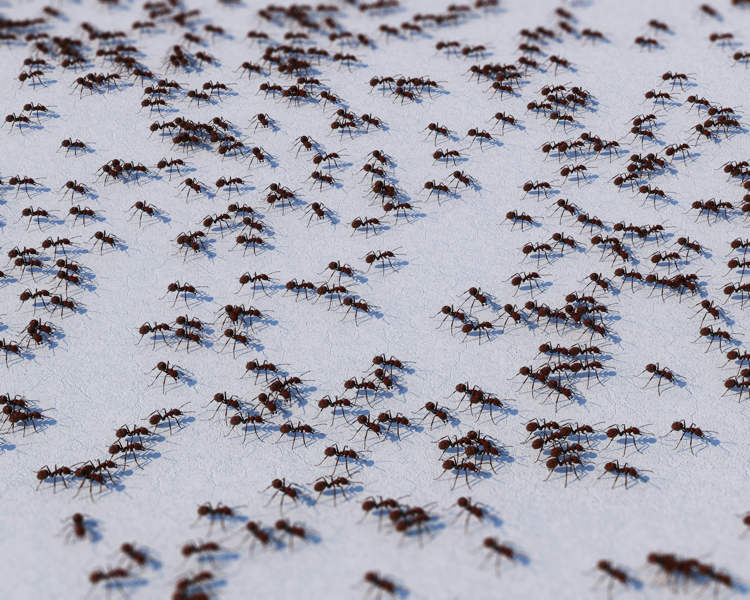
European countries like Germany, France, and Switzerland are trying to contain an invasion of Tapinoma magnum ants, a species that experts say is “virtually impossible to get rid of”. Usually found throughout the Mediterranean basin, the Middle East, and North Africa, Tapinoma magnum ants have recently begun an invasion of Europe. Over the last couple […]
Woman Survives Almost Two Hours with 13-Foot-Long Python Coiled Around Her Body
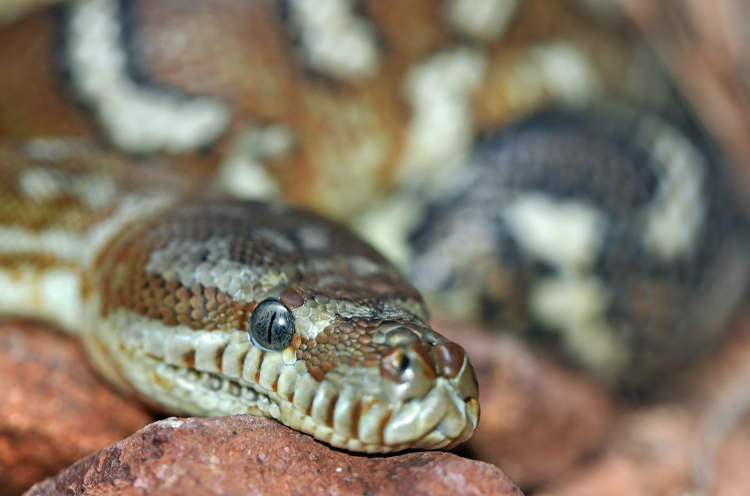
A 64-year-old woman was attacked by a large python while doing the dishes at her house in Samut Prakan, Thailand, and survived for about two hours with the reptile trying to suffocate her to death. Arrom Arunroj had just come home from her job as a maid at a children’s hospital in Bangkok and was […]
Rescued Overfed Cat Is So Fat It Can No Longer Walk

Kroshik, a 14-year-old ginger cat from the Russian city of Perm lost his ability to walk after ballooning to a whopping 17 kilograms (38 pounds) in weight due to overfeeding by his loving humans. Photos of the obese Kroshik went viral last week after being shared on Russian social network VKontakte by volunteers at the […]
Controversial Bully Cat Breed Sparks Outrage Among Animal Lovers

Animal lovers and animal rights activists the world over are asking for a boycott of the Bully Cat, a hairless breed becoming increasingly popular among people fascinated by extreme body shapes. The bully cat is a relatively new feline breed that takes the characteristics of the hairless sphynx to a whole new level while adding […]
Dog Starts House Fire After Chewing on Portable Lithium Battery

A dramatic surveillance camera video released by the Tulsa Fire Department shows the moment an unsupervised dog started a house fire by chewing on a lithium battery pack. Reportedly captured in May of this year, the shocking footage shows a dog casually chewing on a portable lithium-ion battery power bank left within reach by their […]
Fat-Tailed Sheep Have Some Serious Junk in the Trunk

Fat-tailed sheep are a type of domestic sheep mainly found in arid areas and known for accumulating fat, mainly in the rear part of their bodies, which not only gives them a unique look but also helps them stay cool in extreme heat. Native to the Middle East and North Africa, fat-tailed sheep have been […]
Dolce & Gabbana Launches Fefé, a $108 Perfume for Dogs

Italian fashion label Dolce & Gabbana is taking the canine perfume world by storm with Fefé, an “olfactory masterpiece” created by a master perfumer that will leave your pooch smelling like a million bucks. Priced at an eye-watering €99 ($108) per 100 ml, Fefé comes in a “sleek green lacquered glass bottle, adorned with a […]
This Stylish Doberman Is a Natural Bon Fashion Model

Xiaopai, a stylish Doberman from China, is taking the fashion world by storm with his natural modeling skills and irresistible stare. Dobermans make excellent guard dogs, but did you know they can also be great fashion models? It sounds funny, but one such canine has been getting a lot of attention online thanks to an […]
Canine Praised as ‘Miracle Dog’ Literally Crawled Out of Its Own Grave

Hosun, a South Korean dog who suffered severe injuries and was thought to be dead after being hit by a truck, gained legendary status after crawling out of its grave and walking home. Hosun the “miracle dog” first made news headlines in South Korea six years ago, after going through a terrible car accident and […]
Bicycle-Pedalling Poodle Becomes Overnight Internet Sensation

A bike-riding poodle has been getting a lot of attention on social media for his ability to get on a bicycle and ride it, using his front legs to steer and his hind legs to pedal. Xu Laifu is not your average dog. The adorable poodle who hails from somewhere in China’s Jiangsu Province can […]
Zoo Tries to Make Obese Leopard Lose Weight, Fails
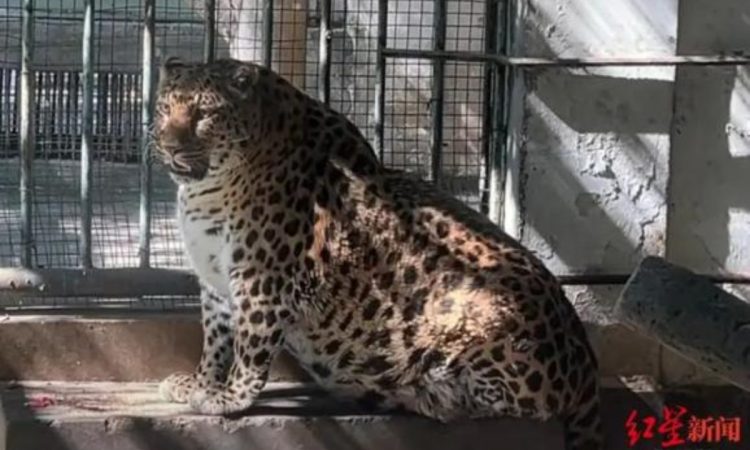
A Chinese zoo has given up on its plans to help an overweight leopard lose weight after two months of efforts yielded virtually no results. Back in March, a leopard at the Panzhihua Park Zoo in China’s Sichuan Province became an overnight internet sensation after photos and videos of him went viral online. The overweight […]
Self-Service Pet Vending Machines Spark Outrage in China

Photos and videos of unmanned vending machines selling live animals like cats, small dogs, and rodents installed in various Chinese cities have been going viral and sparking outrage among the general public. The significant technological developments of the last decade have created a fast-growing “unmanned economy” that continues to spread into almost every sector of […]
Scientists Discover Entire Ant Colonies Will Play Dead to Avoid Predators
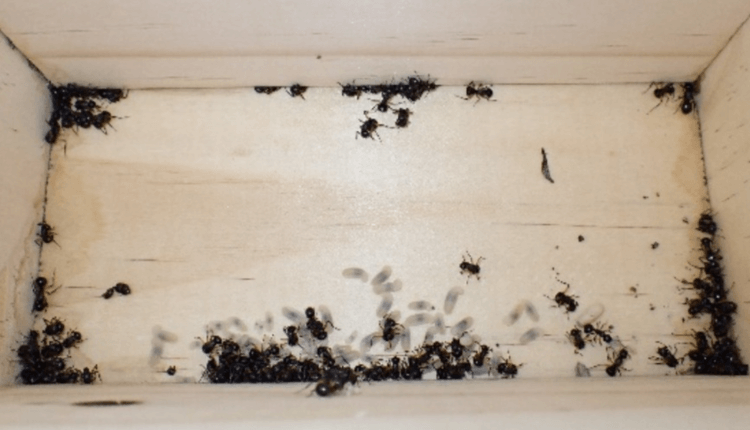
Researchers studying various species of animals on Australia’s Kangaroo Island stumbled upon a colony of Polyrhachis femorata ants that they believed was dead until one of its members moved slightly. Feigning death, also known as thanatosis or tonic immobility is a well-documented defense mechanism observed in dozens of animal species, from insects and lizards to […]
Godzilla, Thailand’s Fattest Macaque, Dies Due to Obesity-Related Illness

A morbidly obese macaque named Godzilla who gorged on treats offered by passers-by in Bangkok, Thailand, succumbed to a myriad of weight-related illnesses at the tender age of six. On May 6th, Godzilla breathed his last breath at the Crystal Pet Hospital in Bangkok as his master held its tiny hand in his. However, the […]
